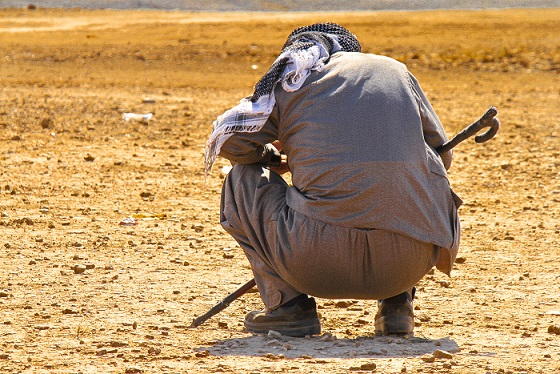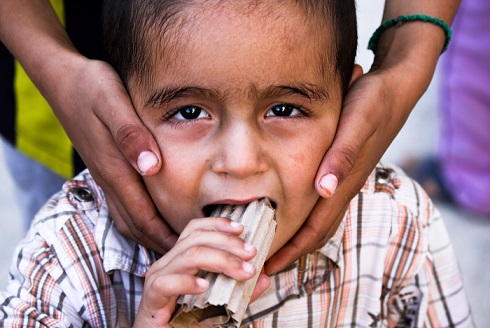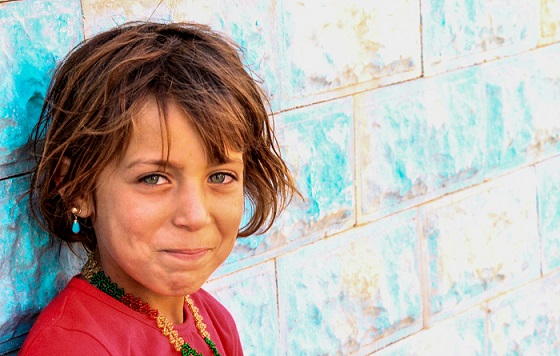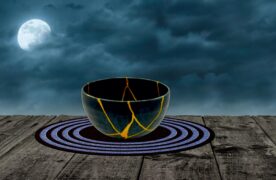“Displaced” … This word is used to encompass the lives of those caught up in one of the worst humanitarian crises this century. People are doing everything they can to continue their daily lives as if there were no war. A photography exhibition has taken on the task of portraying the reality in pictures.
 Cristina Lago
Cristina Lago
In September 2014 the world momentarily turned its eyes to the civil war that has been devastating Syria for nearly four years now.
More than a hundred towns in Kobane, a region in Syria that borders Turkey, mostly Kurdish, were besieged by the Islamic State, its habitants massacred and their houses reduced to rubble.
In an attempt to save themselves, around 200,000 refugees fled to the part of the region under Turkish rule, barely a few miles from their families and homes. Last October two Brazilians visited the Suruc refugee camp to film a documentary on what was happening in the area.
Sergio Utsch, a journalist, and Valnei Nunes, photographer and cameraman, moved there in an attempt to see the conflict from a very specific point of view, that of the victims.
Their mission was to film a documentary on the humanitarian crisis affecting the region.
Sergio is an old hand in the profession however, it was the first time Valnei had experienced a conflict zone:
“Although I have been working for 10 years in human rights reporting bad treatments in mental health institutions and indigenous territory concerns in Brazil It was my first job in a war zone and by far was the most impressive and profound experience in my career, mainly because those people who are Kurdish and such as respectful as awareness about their rights and history.”
The photographs shown in the “Displaced”* exhibition were taken by Nunes while he and Utsch were filming the documentary and speaking with the people of Kobani, who had been forced to move to the Suruc refugee camp.
 It is not by chance that the scenes in the photographs show the most vulnerable participants in this war: children, women and the elderly.
It is not by chance that the scenes in the photographs show the most vulnerable participants in this war: children, women and the elderly.
Through his choice of photographs, a conscious decision made by the photographer, he has managed to convey a message that can be applied to all wars and conflicts – that the sufferers and losers are always the same.
“There was a time when I went to a square where the UN truck used to distribute the only meal of the day for families”, recalls Valnei.
He says “acrowd of children jammed into the queue. I got in the truck and by the window, near a huge pot of meat; a group of children of all ages were pushing with empty buckets in hand to get a better place in line.”
“Many of those children were collecting food for between 15 to 20 people in their extended family each day. That square, which I called the “Garden of Refugees”, where I showed dozens of colourful clothes of Kurdish women scattered among the bushes, I saw an unforgettable beauty, despite the sad situation.”
Under the watchful eyes of their mothers children played among the rubbish, the elderly were indeterminately sad and despite everything, these people did everything they could to continue their lives as if there was no war. There is no drama or pretension in the scenes captured which show the ‘normal’ lives of those who live in the middle of chaos.
“I avoided depicting this war as classic view of people crying, bombs, disgrace, suffering, protests”, states Valnei. “In contrast of this war issues I wanted to depict dailylife showing colourful fabrics, a smile from a little girl, the deep eyes of the children, a man praying near the battlefield, a women in front of the clothes line by wall at the refugee camps. I mean people living their lives with certain dignity.’
 Even so, both were witness to the horrors of this war. On top of living with danger, which is part of the routine in conflict zones, they saw first hand the pain of those most vulnerable.
Even so, both were witness to the horrors of this war. On top of living with danger, which is part of the routine in conflict zones, they saw first hand the pain of those most vulnerable.
“There was one child in particular, about four years old, who was living in one of the shops that was being used to house refugees. I remember I had a tangerine in my pocket and as I started to peel it, he came and bit my arm, he was starving. I started to take food from the hotel where I was staying to give to the children in this shop.” It is not only hunger that is one of the most pressing issues, but first aid is practically non-existent and it can take days to see a doctor. As Sergio mentioned, one of the hardest things to deal with in these extreme situations is not getting personally involved.
“It’s very difficult to maintain an emotional distance, but it’s necessary most of the time”, he explains. “I was there to work, to report the war and the refugee crisis. I couldn’t loose focus, despite the temptation sometimes to leave everything and just help those people. In these moments, you have to stop, to breath and think that journalism is indeed a way of helping them.”
Both Sergio and Valnei are thinking of returning to Suruc. Utsch hopes that their company will give them the go ahead. Meanwhile, Nunes is preparing for further exhibitions of his photographs in different countries to inform everyone on the struggle of the Kurdish people:
“I would like to go back and I am planning to stay in the refugee camps for a project to write a book with photographs about a specific refugee family.”
*“Displaced” was on exhibition from the 20th of February until the 6th of March at Gallery 32 in the Brazilian Embassy, 20% of the sales went to refugee families in Kobane.
(Translated by Emily Russell) – Photos provided for the press












.jpg)












